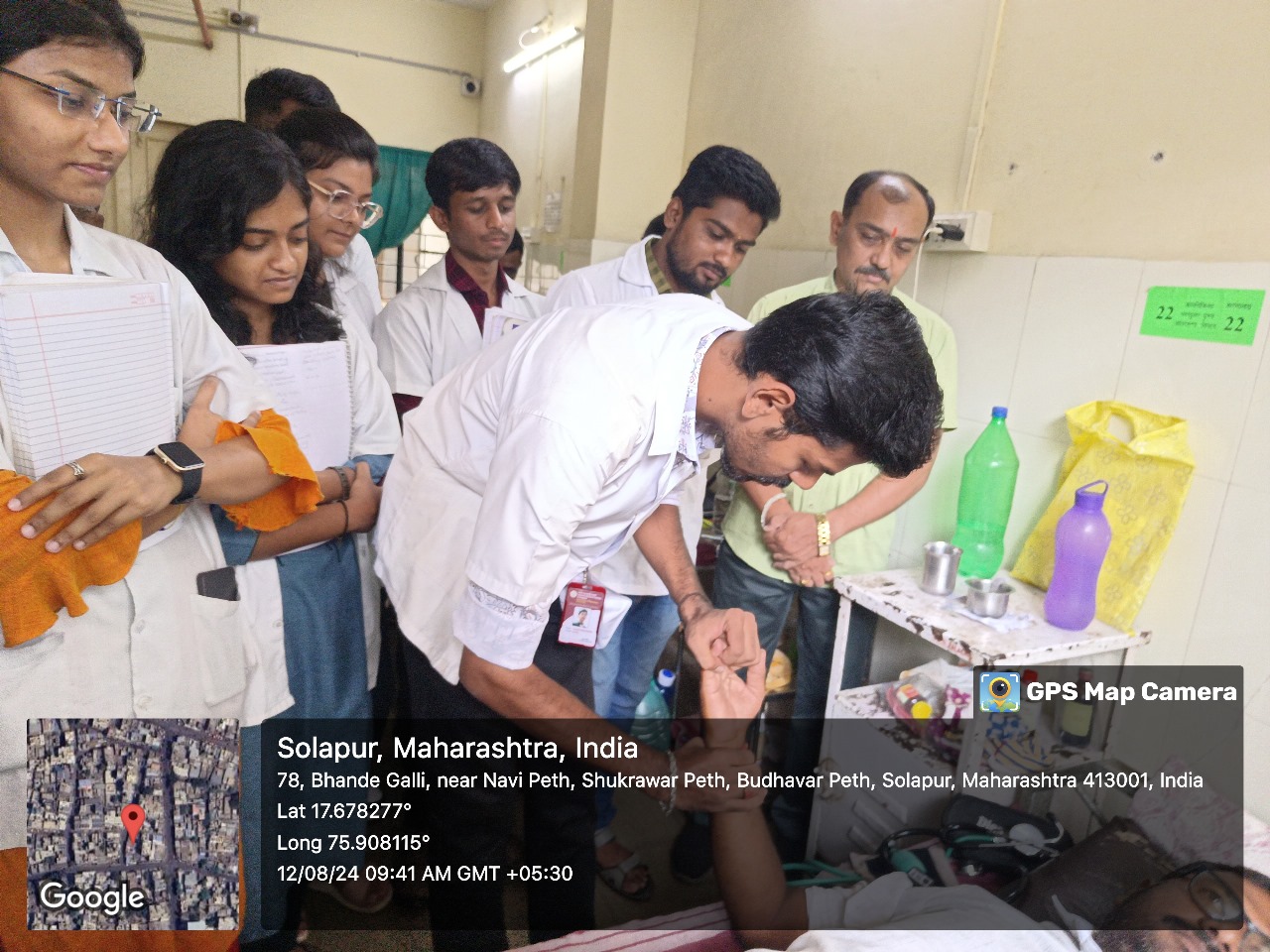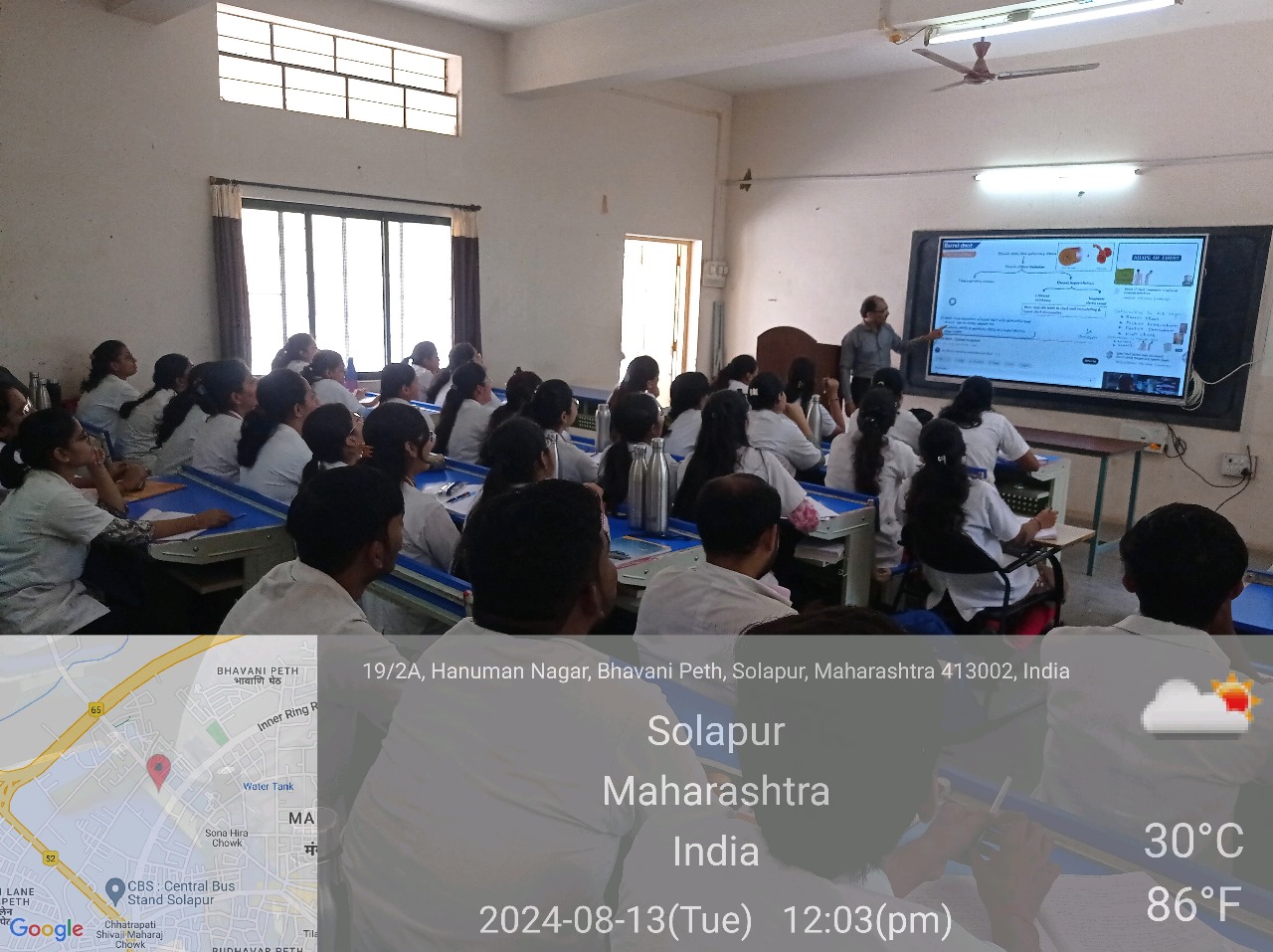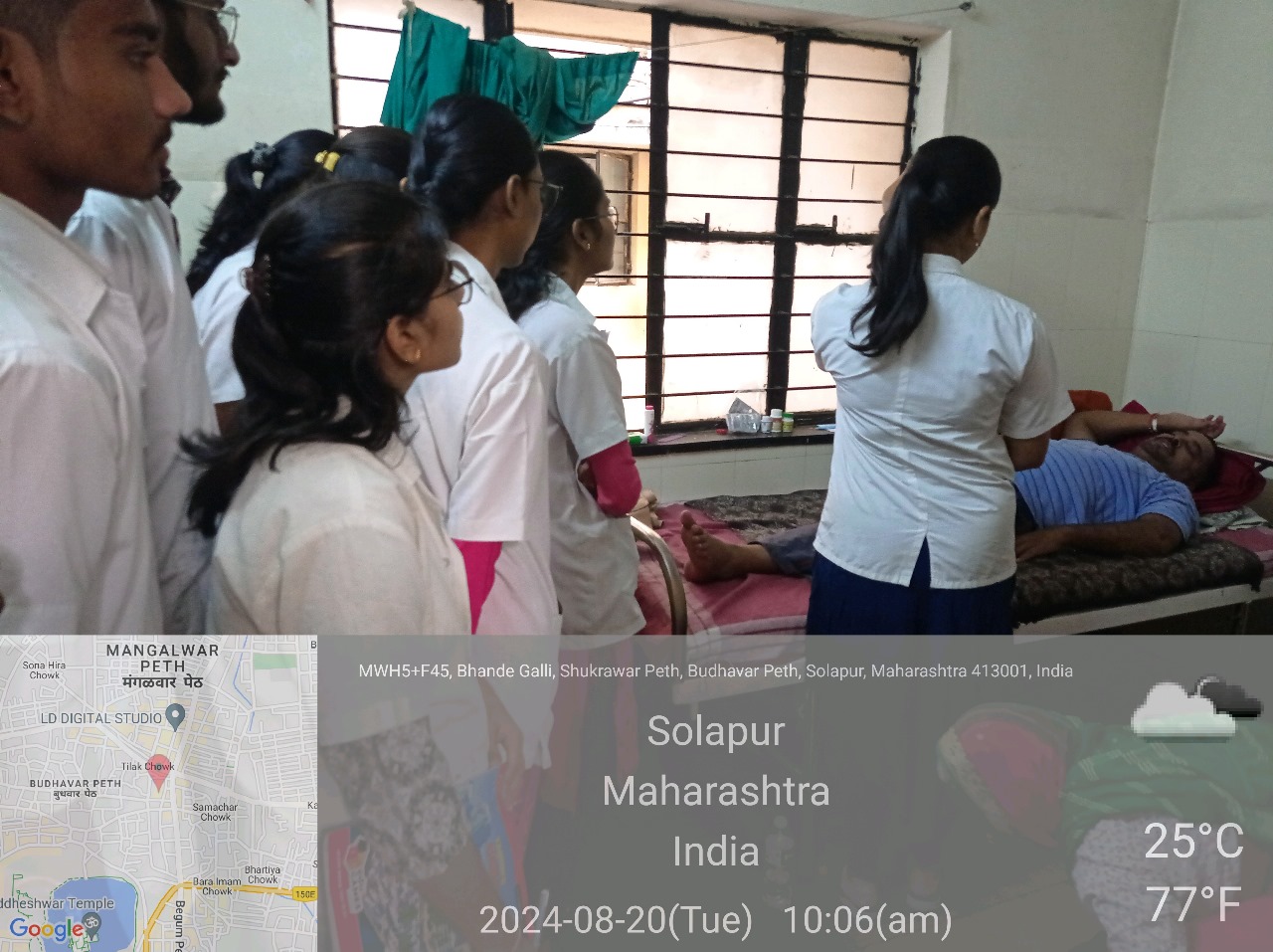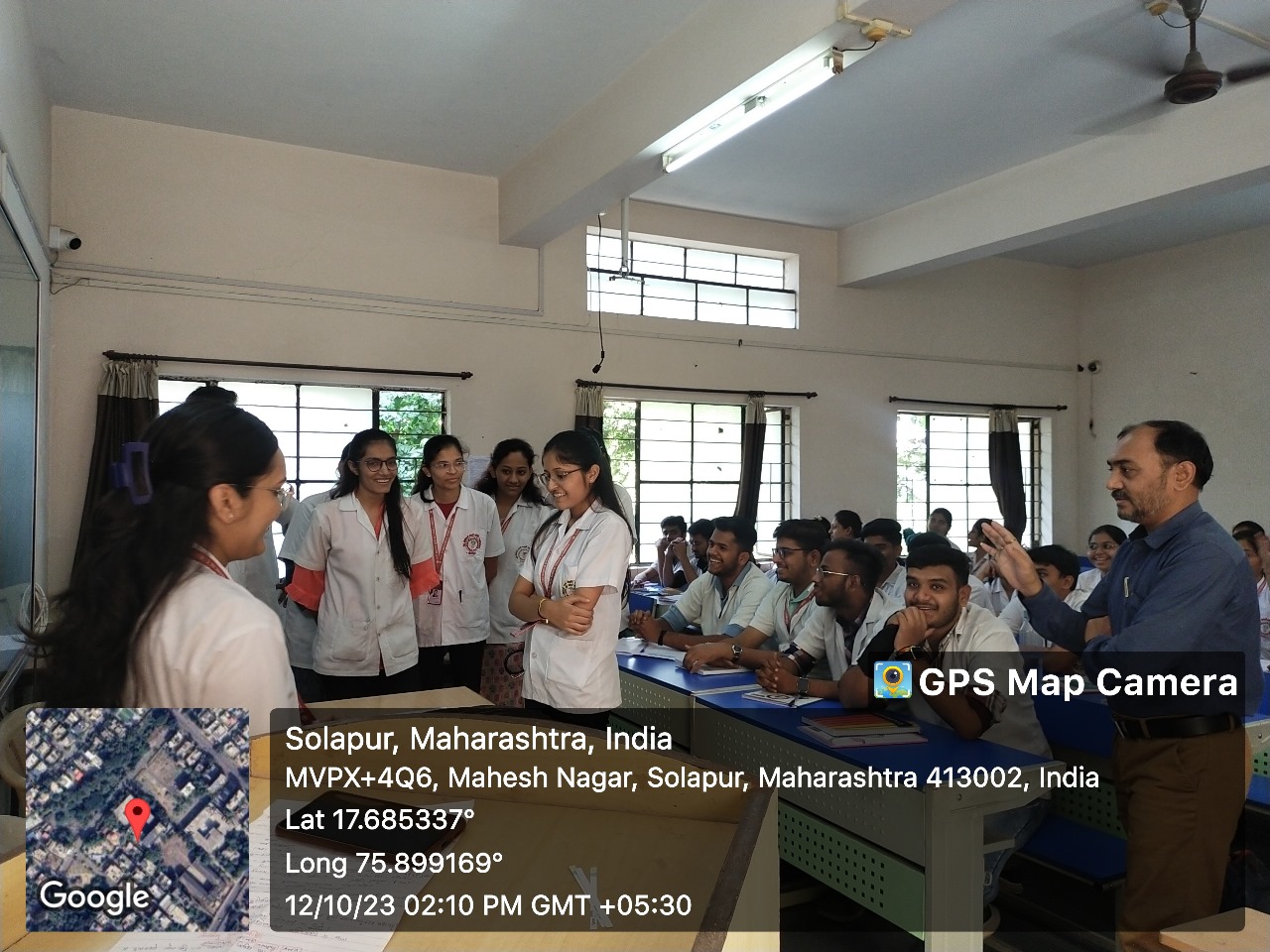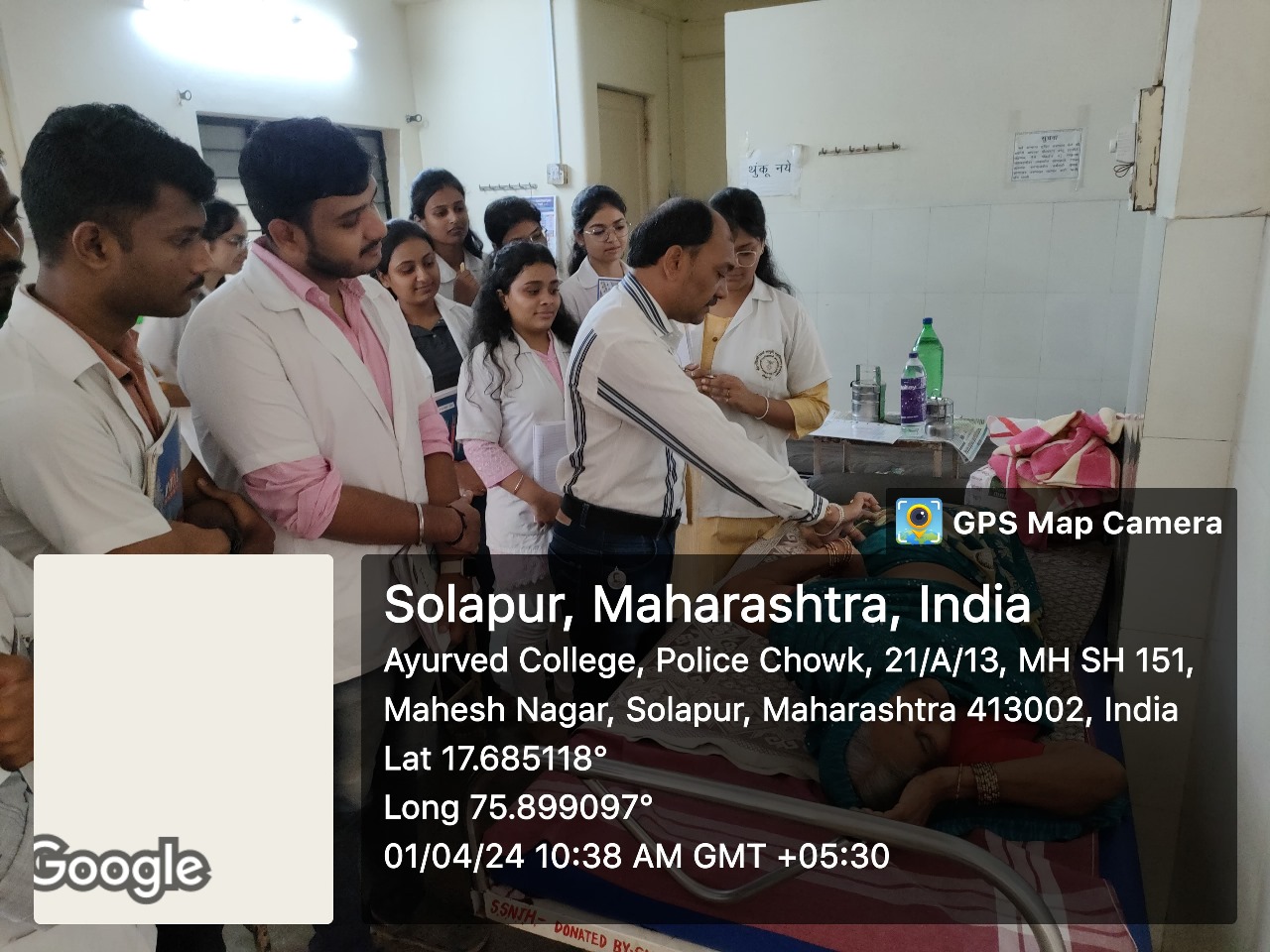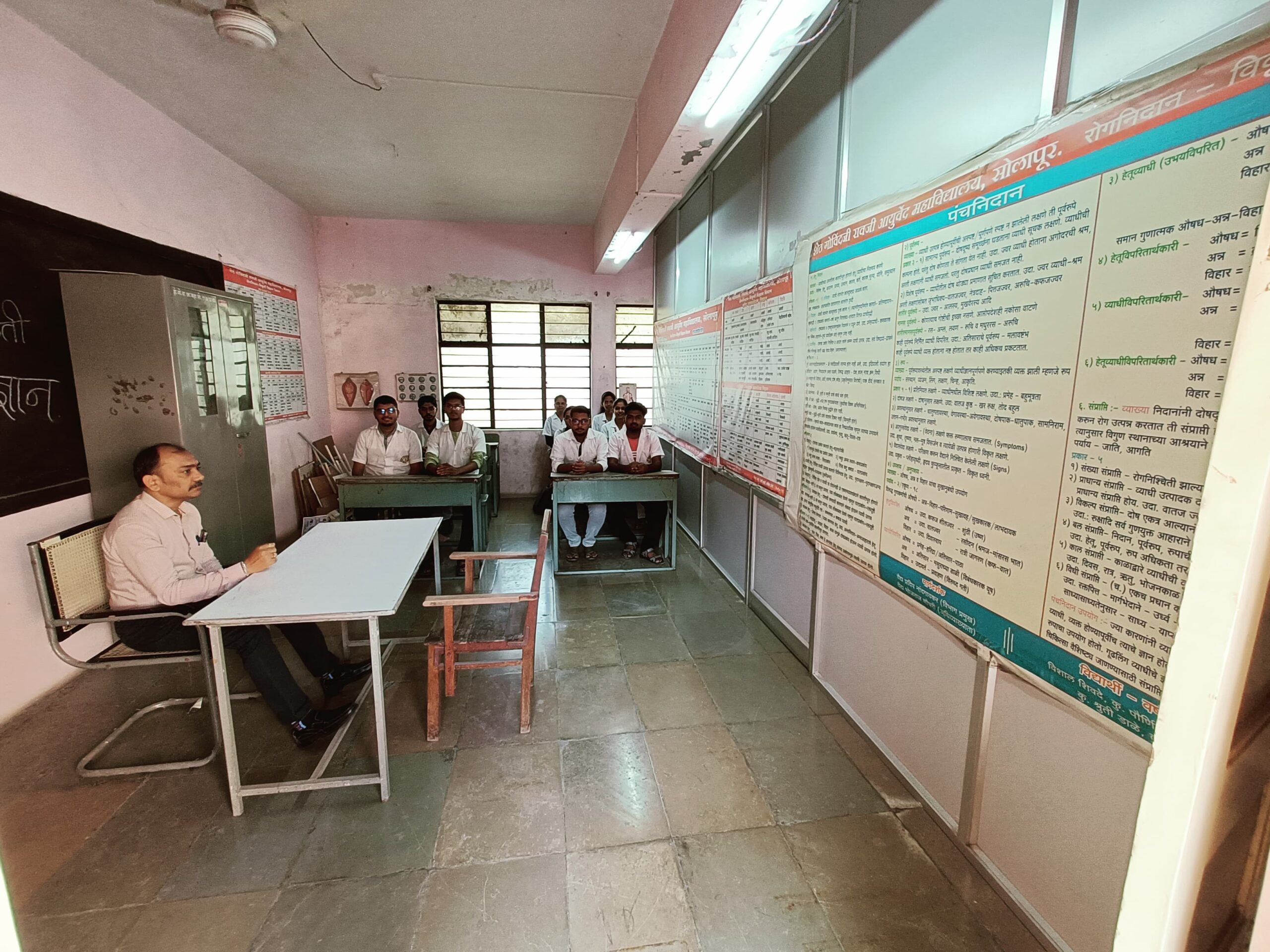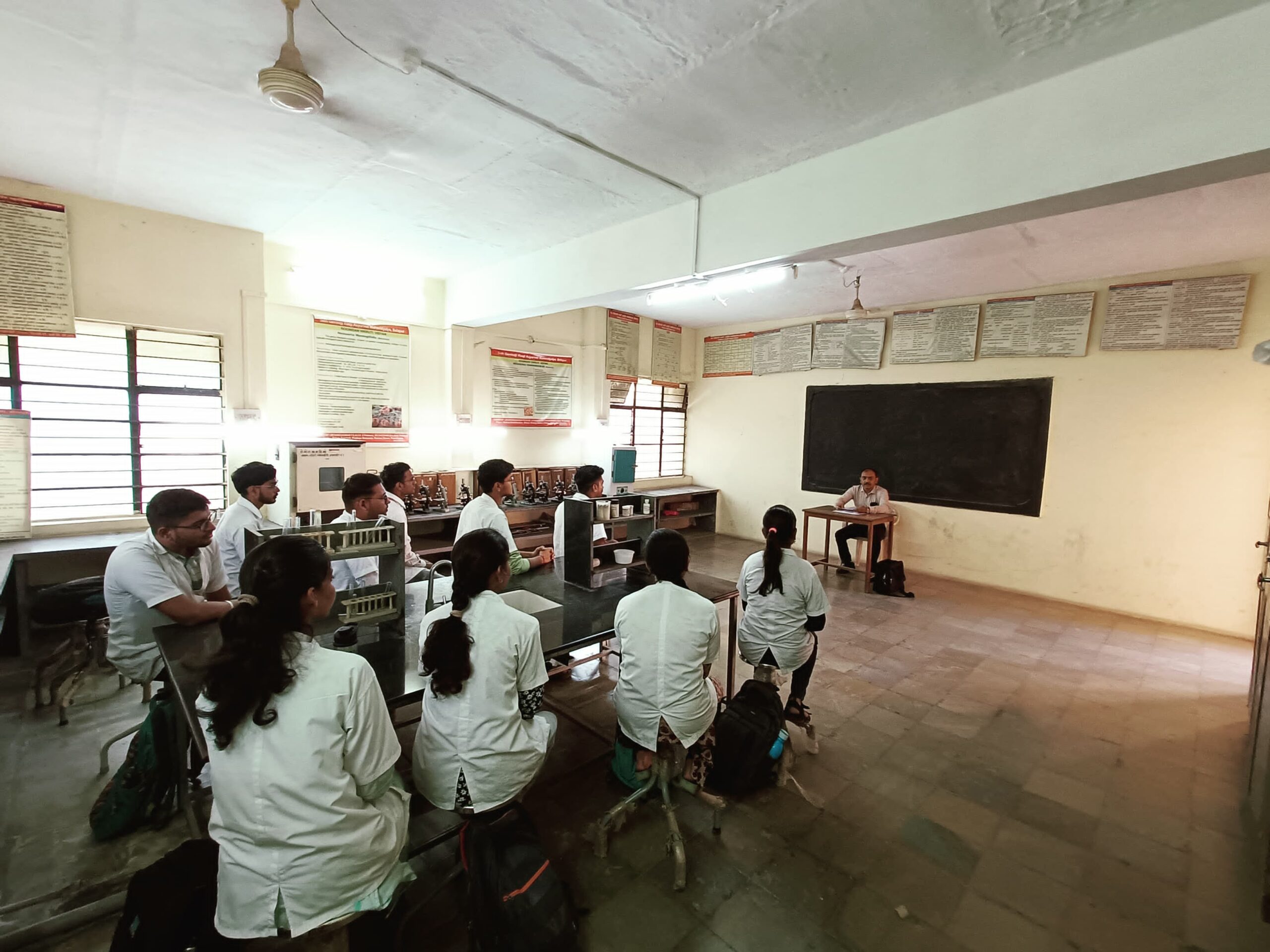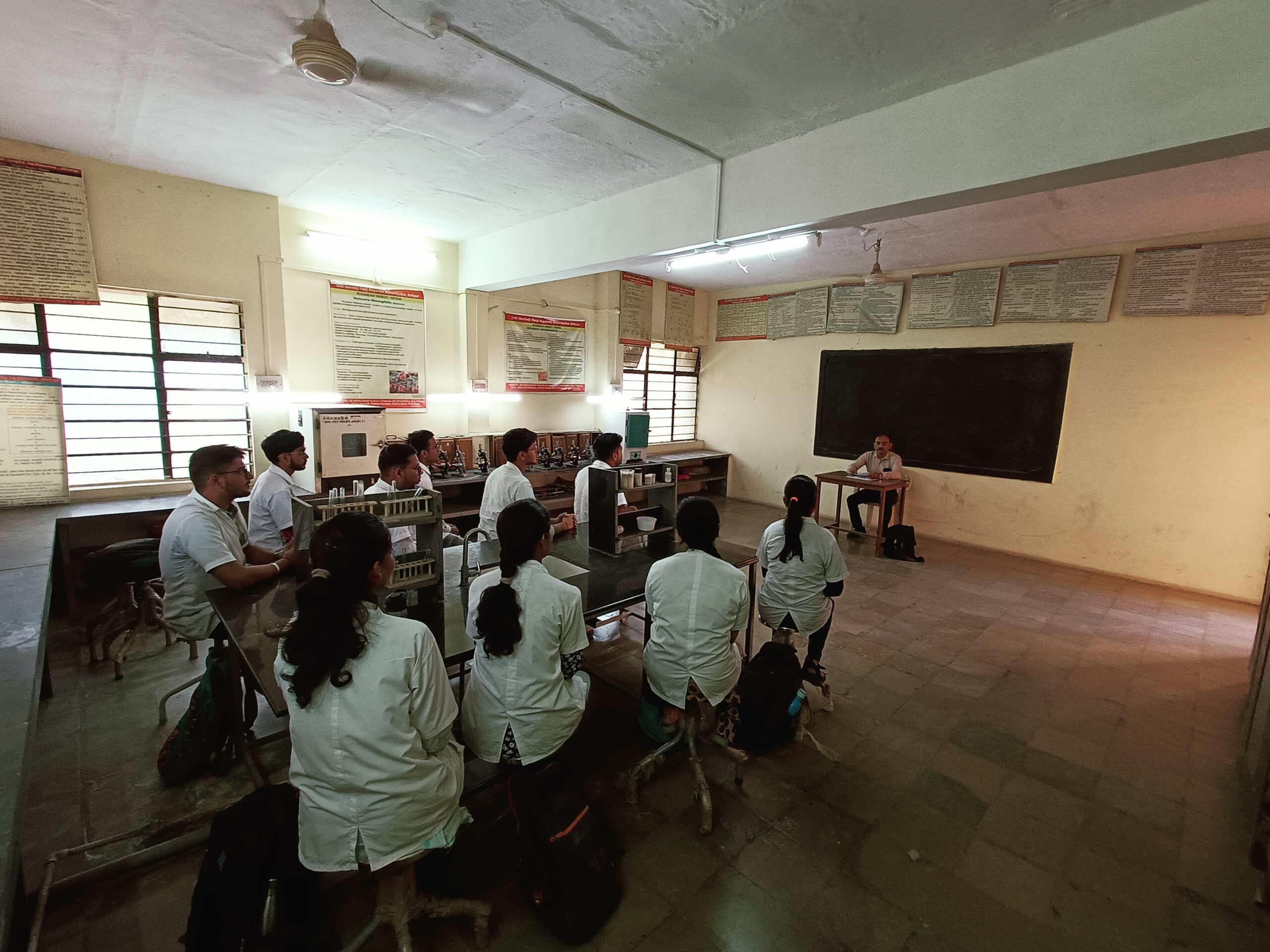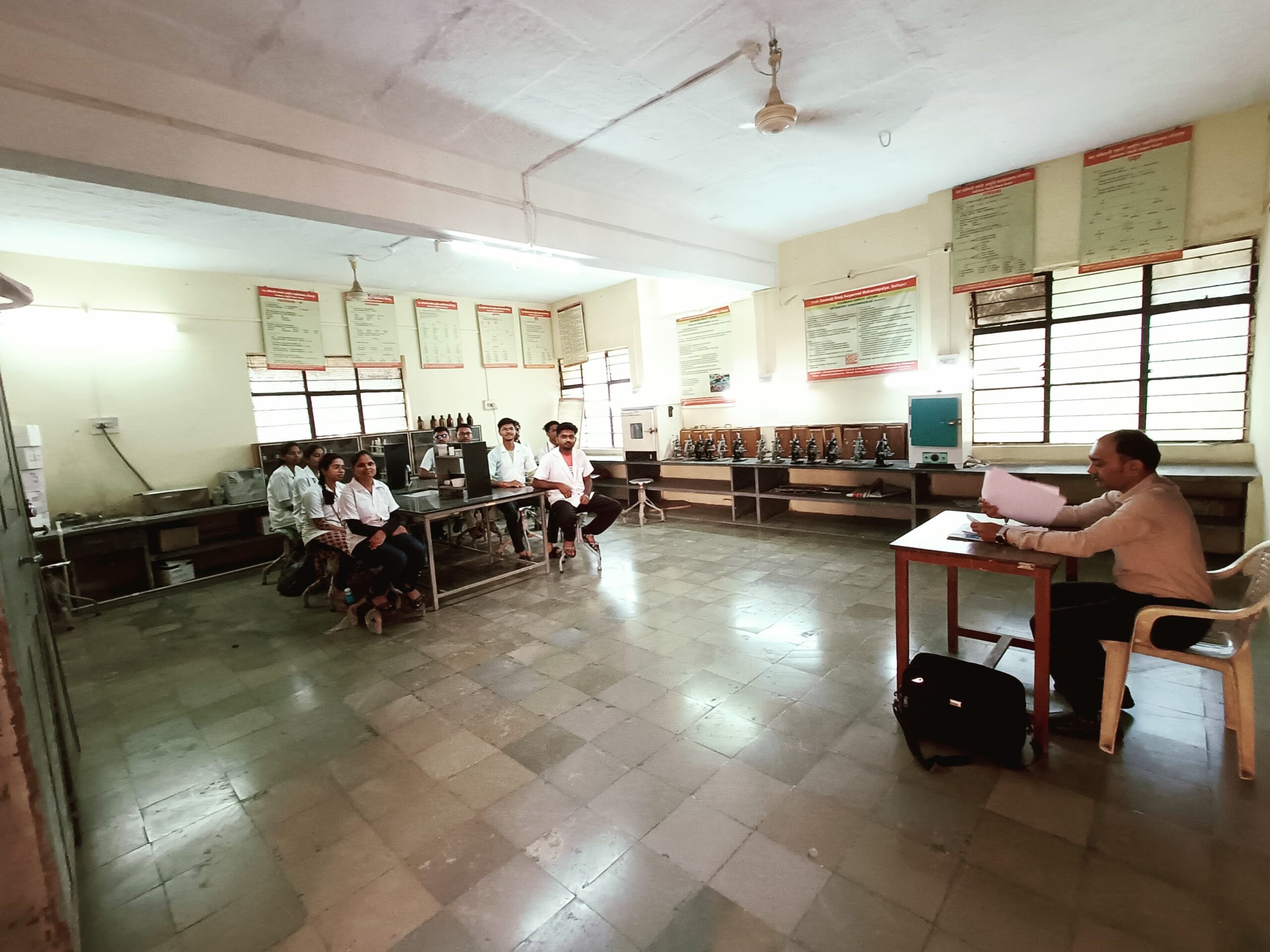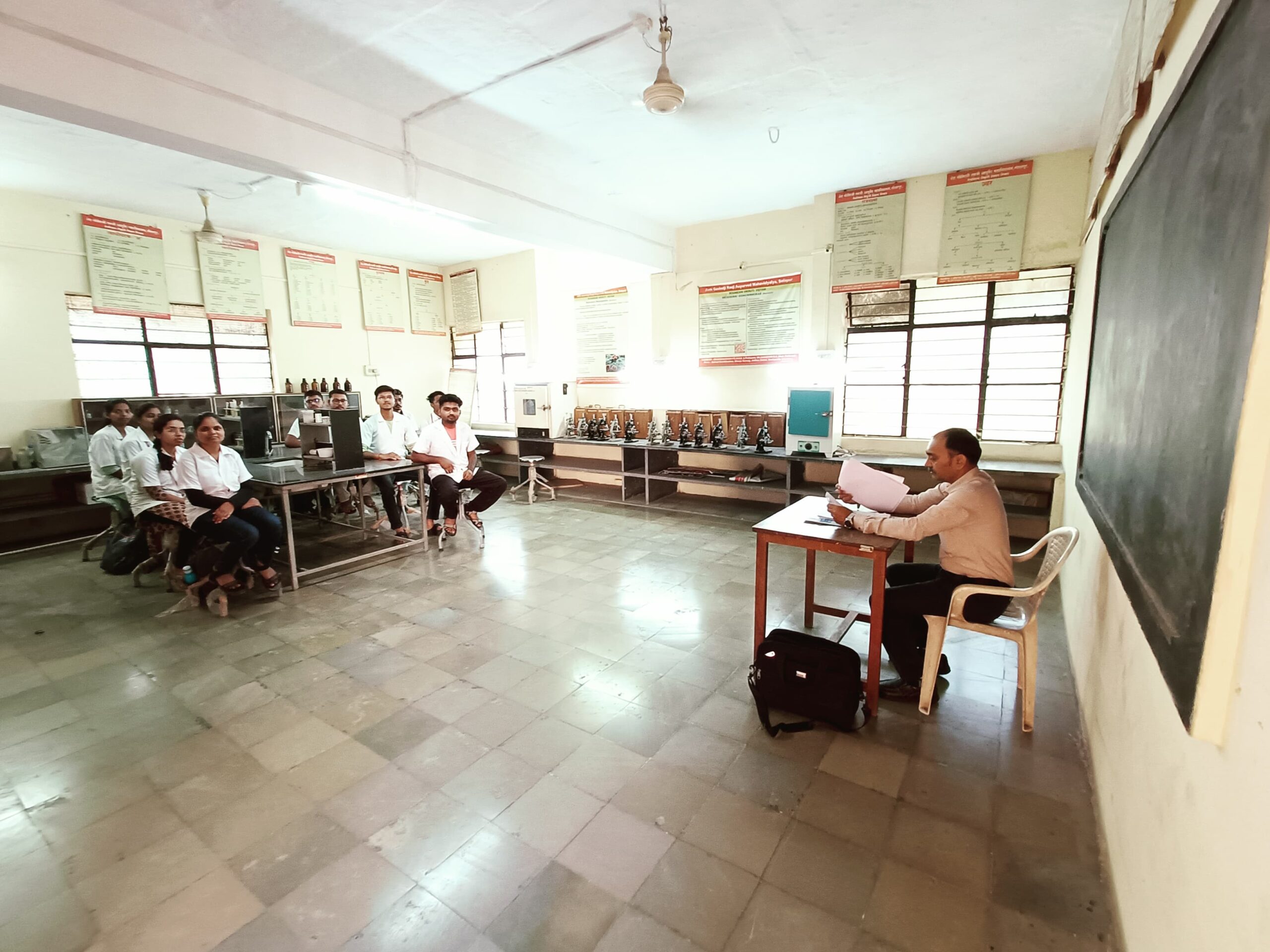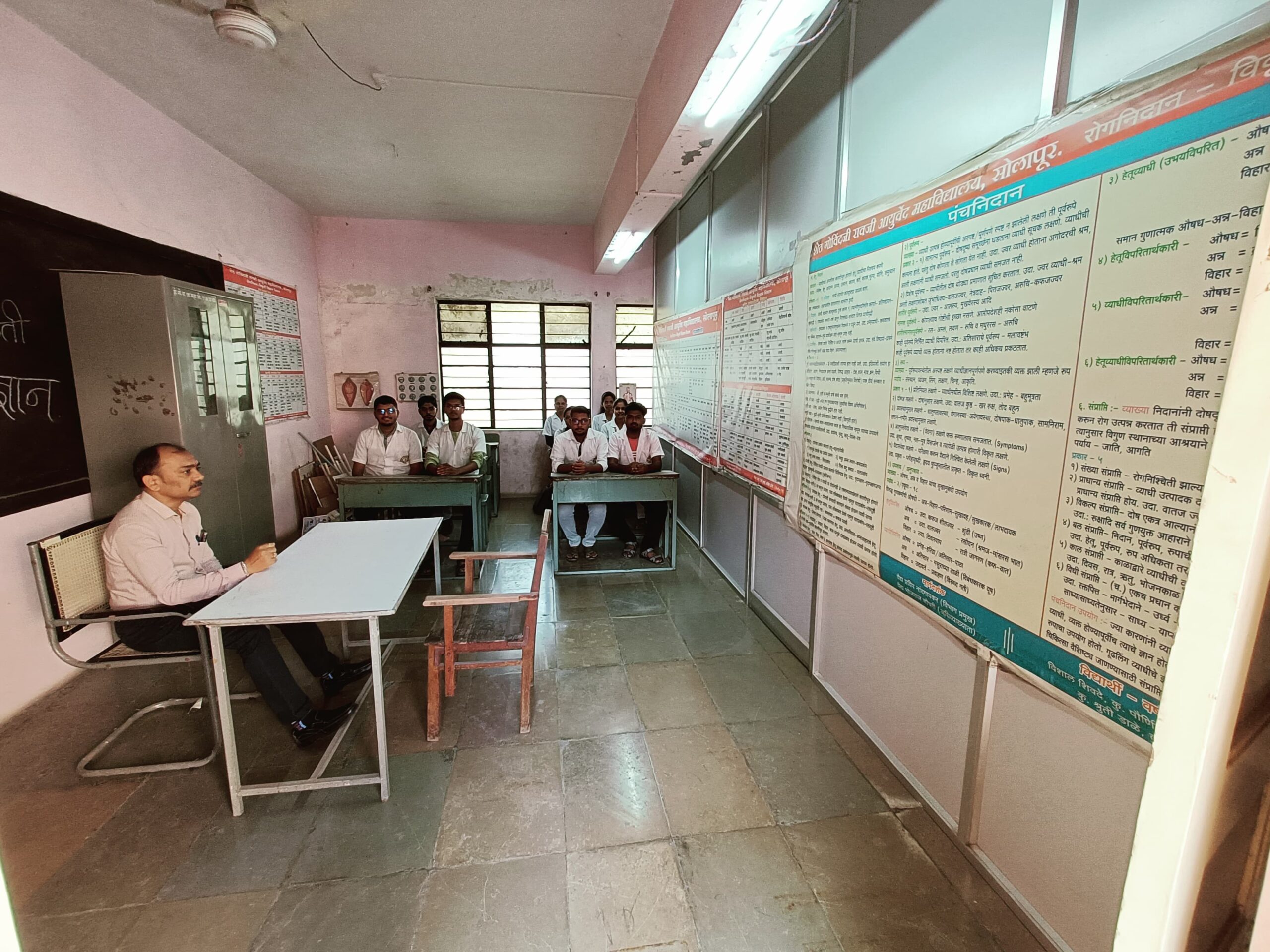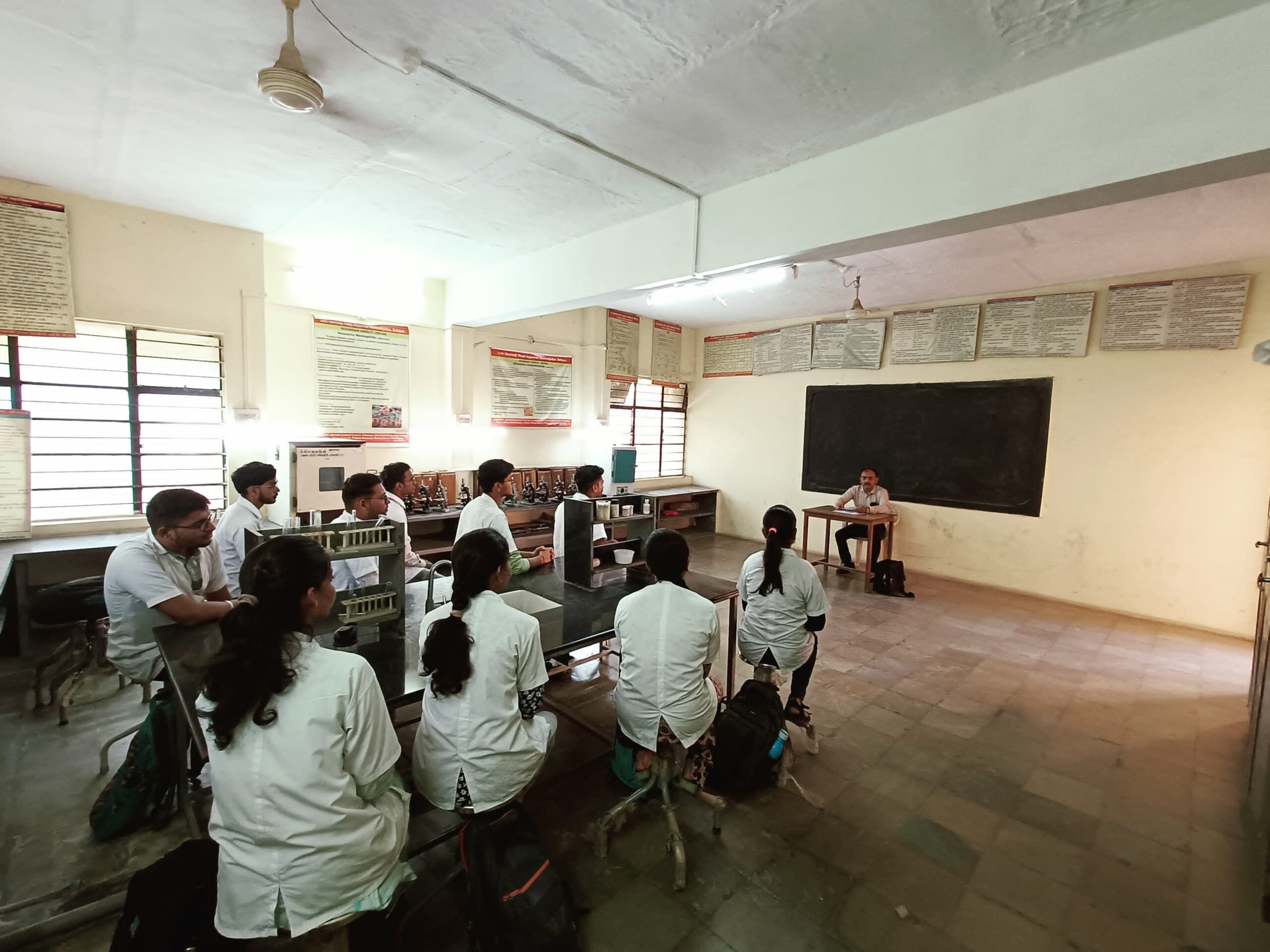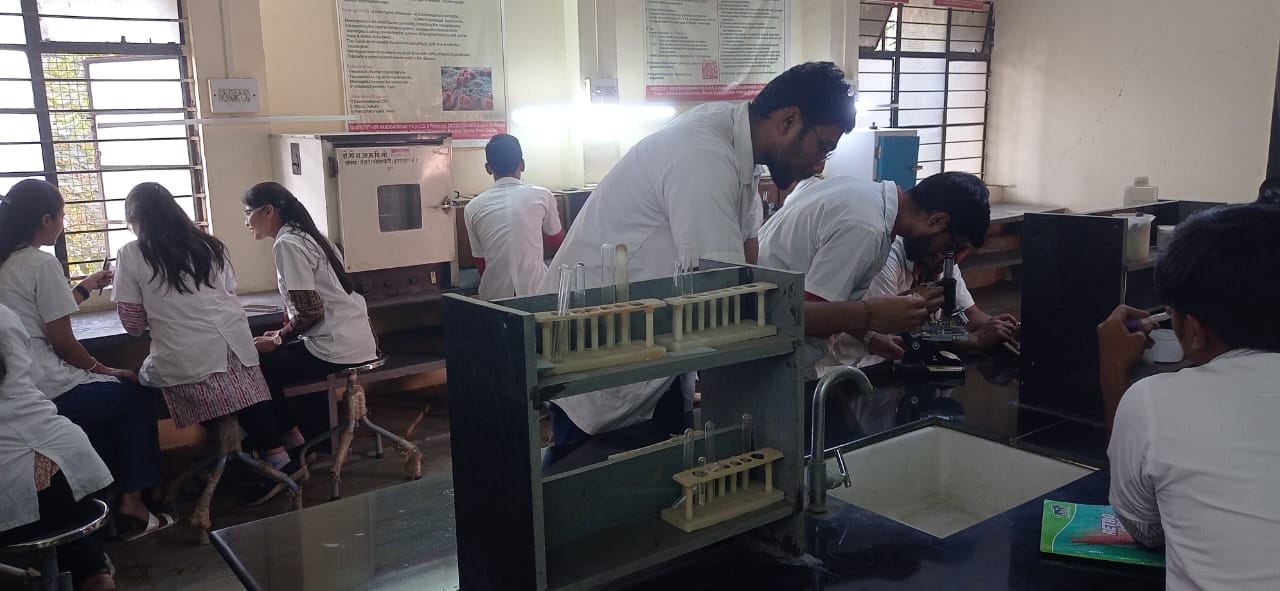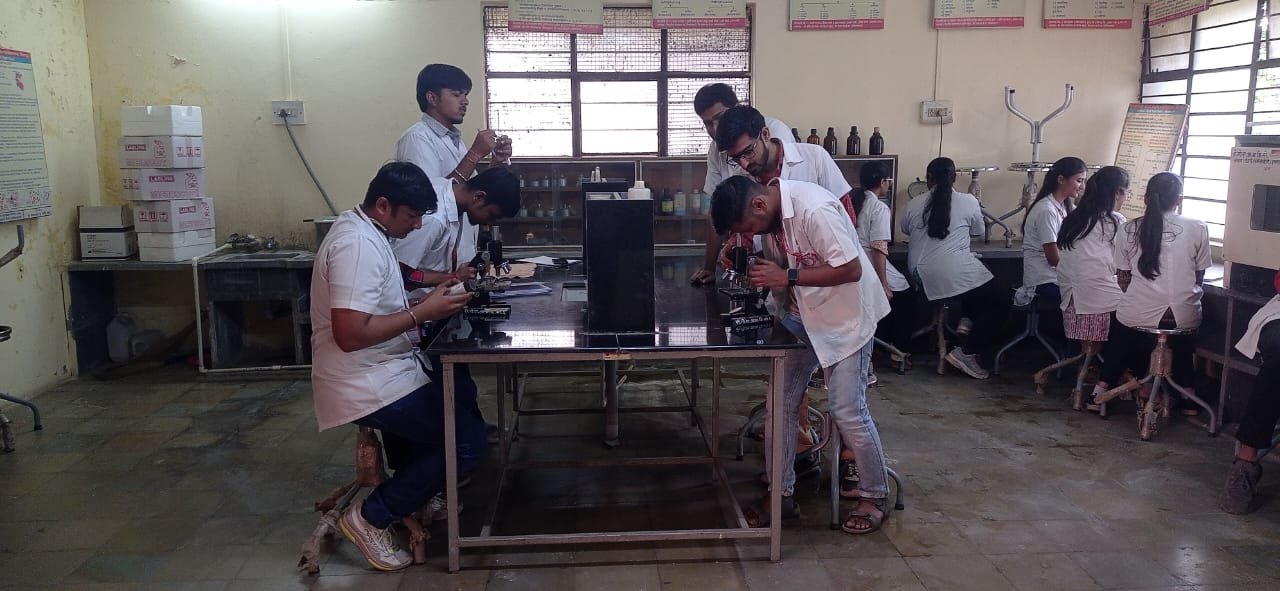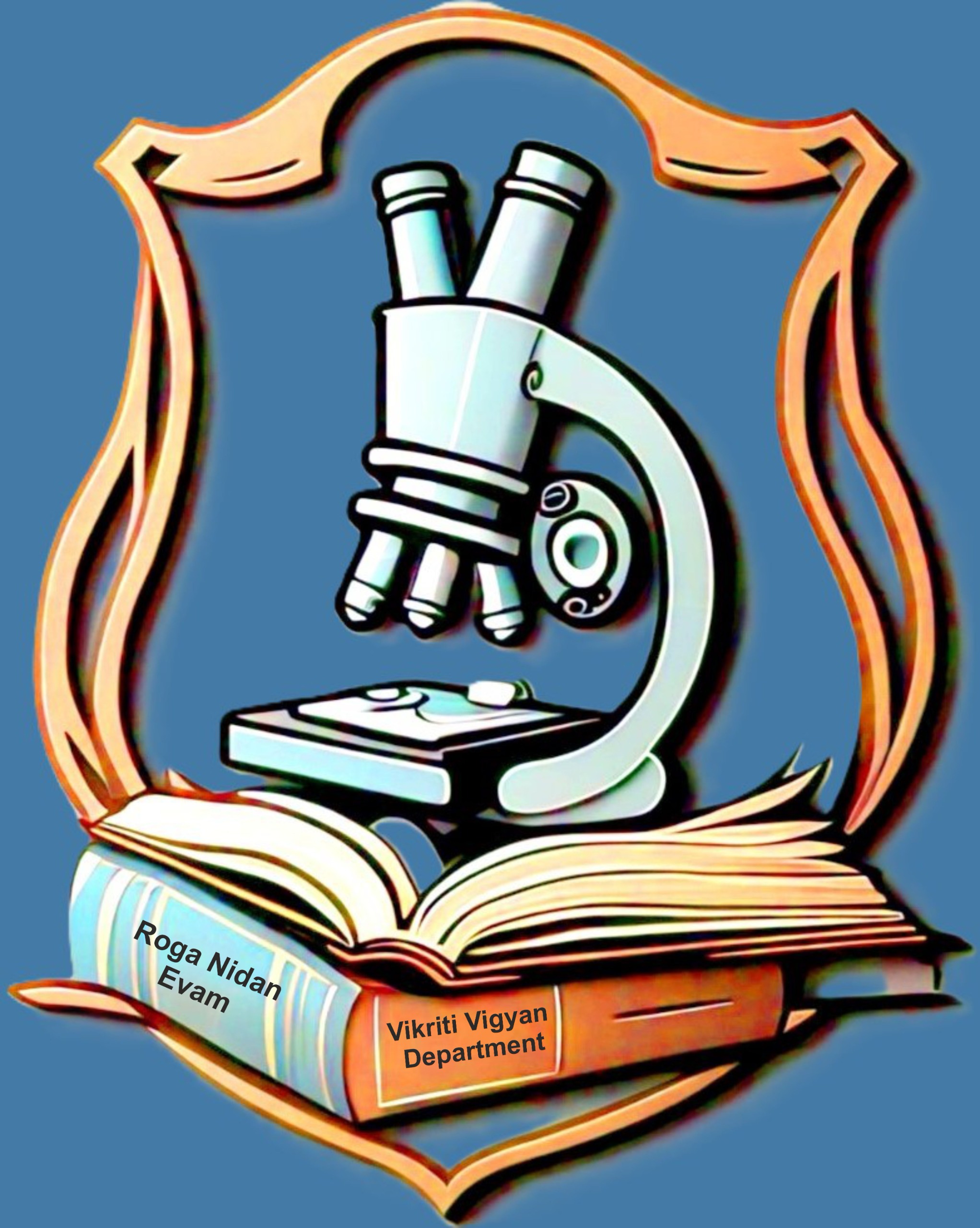Rog-Nidan evam Vikriti Vigyan
Leading the future of healthcare through excellence in medical education, research, and patient care.
Introduction
The Rognidan Department plays a crucial role in Ayurvedic education and clinical practice, focusing on precise diagnosis for effective treatment and patient care.
Department of Rog-Nidan evam Vikriti Vigyan is working for scientific basis to the various diagnostic principals and fundamental principles of Ayurveda. Its efforts to provide objective along with clinical efficacy in Ayurveda.
Vision
“To excel in the field of Ayurvedic diagnosis and pathology, fostering a synergy between traditional wisdom and modern scientific advancements, ensuring comprehensive patient care and contributing to the advancement of Ayurveda.”
Rog Nidan (Diagnosis):
- Develop expertise in Ayurvedic diagnostic techniques.
- Integrate modern diagnostic tools with Ayurvedic principles.
- Enhance clinical skills for accurate disease identification.
- Provide high-quality patient care through accurate diagnosis.
- Advance Ayurvedic education and research.
- Promote preventive healthcare through diagnostic insights.
- Clinical research
- Diagnostic tool development
- Interdisciplinary collaborations
- Patient empowerment
- Understand disease mechanisms and pathogenesis.
- Correlate Ayurvedic concepts with modern pathological understanding.
- Develop research methodologies for Ayurvedic pathology.
- Integration: Blending traditional wisdom with modern science.
- Innovation: Encouraging research and development.
- Excellence: Striving for diagnostic accuracy.
Teaching Methods
- To develop skills in diagnosing diseases using Ayurvedic principles.
- To understand the etiology, symptoms, and pathogenesis of various diseases.
- To identify and classify diseases according to Ayurvedic classifications.
- To develop expertise in using diagnostic tools like Nadi Pariksha (pulse diagnosis).
- To correlate Ayurvedic diagnoses with modern medical diagnoses.
- To research and develop new diagnostic methods and techniques.
- To provide hands-on training in clinical diagnosis and patient management.
- To integrate Ayurvedic principles with modern medical sciences.
This vision and objectives outline the department’s commitment to advancing Ayurvedic diagnosis and pathology, ensuring comprehensive patient care, and promoting the growth of Ayurveda.
Introduction
The Rognidan Department plays a crucial role in Ayurvedic education and clinical practice, focusing on precise diagnosis for effective treatment and patient care.
Department of Rog-Nidan evam Vikriti Vigyan is working for scientific basis to the various diagnostic principals and fundamental principles of Ayurveda. Its efforts to provide objective along with clinical efficacy in Ayurveda.
Vision
Vision Statement:
“To excel in the field of Ayurvedic diagnosis and pathology, fostering a synergy between traditional wisdom and modern scientific advancements, ensuring comprehensive patient care and contributing to the advancement of Ayurveda.”
- Develop expertise in Ayurvedic diagnostic techniques.
- Integrate modern diagnostic tools with Ayurvedic principles.
- Enhance clinical skills for accurate disease identification.
- Provide high-quality patient care through accurate diagnosis.
- Advance Ayurvedic education and research.
- Promote preventive healthcare through diagnostic insights.
- Clinical research
- Diagnostic tool development
- Interdisciplinary collaborations
- Patient empowerment
- Understand disease mechanisms and pathogenesis.
- Correlate Ayurvedic concepts with modern pathological understanding.
- Develop research methodologies for Ayurvedic pathology.
- Integration: Blending traditional wisdom with modern science.
- Innovation: Encouraging research and development.
- Excellence: Striving for diagnostic accuracy.
Teaching Methods
- To develop skills in diagnosing diseases using Ayurvedic principles.
- To understand the etiology, symptoms, and pathogenesis of various diseases.
- To identify and classify diseases according to Ayurvedic classifications.
- To develop expertise in using diagnostic tools like Nadi Pariksha (pulse diagnosis).
- To correlate Ayurvedic diagnoses with modern medical diagnoses.
- To research and develop new diagnostic methods and techniques.
- To provide hands-on training in clinical diagnosis and patient management.
- To integrate Ayurvedic principles with modern medical sciences.
This vision and objectives outline the department’s commitment to advancing Ayurvedic diagnosis and pathology, ensuring comprehensive patient care, and promoting the growth of Ayurveda.
Faculty

Dr. Bhojraj Arun Chaudhari
Designation: Assistant Professor & HOD
Qualification: BAMS, MD,PhD (Sch)
Date of Joining: 27/11/2009
MCIM Reg. No.: I-38521-A1
NCISM Reg. No.: NR/AY/MH/0079937
NCISM Teacher’s Code: AYRN00656
E-mail id: bhojraj.chaudhari@sgrayurved.edu.in
Paper & Book Publication: View more

Dr. Dhanesh Kundalik Mali
Designation: Assistant Professor
Qualification: BAMS MD Rognidan avum Vikriti Vigyan
Date of Joining: 07/02/2025
MCIM Reg. No.: I-80594-A
NCISM Reg. No.:
NCISM Teacher’s Code: AYRN00699
E-mail id: dhaneshmali2020@gmail.com
Paper & Book Publication: View more
Department Gallery
